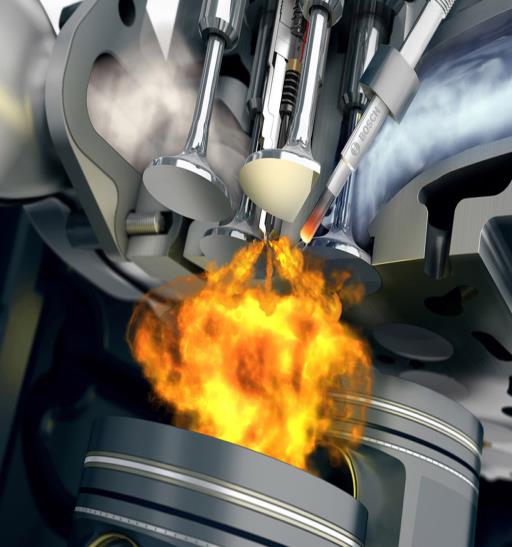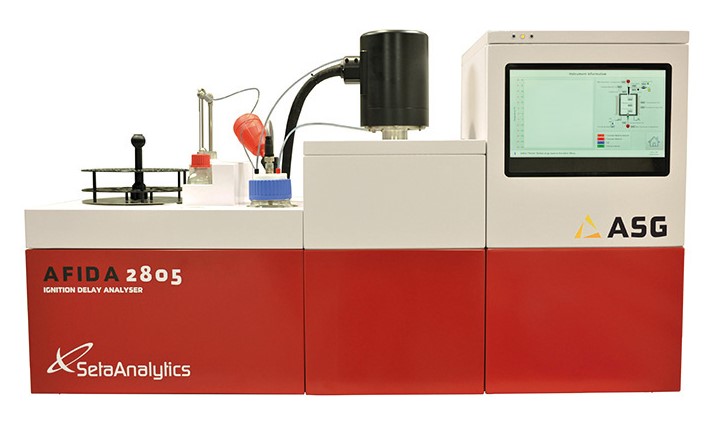Why You Should Measure Indicated Cetane Number (ICN) Instead of Cetane Index (CI)
Understanding Cetane Number and Fuel Ignition Quality
The ignition quality of diesel fuel is defined by its Cetane Number (CN). A higher Cetane Number means a shorter ignition delay, leading to more complete combustion and smoother engine performance. Conversely, lower Cetane Number fuels have a longer ignition delay, which can cause diesel knock, higher pressure rises, smoke and particulate emissions.
For this reason, most diesel fuel specifications require a minimum Cetane Number. If a fuel falls below the requirement, it can be improved using cetane improver additives, which enhance ignition quality without altering other fuel properties.

Cetane Index (CI) vs. Indicated Cetane Number (ICN)
While both Cetane Index and Indicated Cetane Number are used to describe fuel quality, the measurement methods differ significantly:
- Cetane Index is an estimated value calculated using fuel properties such as density and distillation curves. Its accuracy depends on precise measurements of these parameters. However, Cetane Index does not account for cetane improver additives, meaning it often underestimates the true ignition quality
- Cetane Number is a direct measurement obtained either through a cetane engine test (ASTM D613) or via an analyser measuring Indicated Cetane Number. ICN and CN are equivalent and interchangeable, offering a more reliable measure of fuel ignition quality
Limitations of Cetane Index
The accuracy of Cetane Index is restricted in many cases:
- It cannot account for fuels containing additives, synthetic fuels, or pure hydrocarbons
- It is unsuitable for biodiesel blends, crude oils, residuals, or fuels with volatility below 260 °C (500 °F)
- Cetane Index is only valid when the boiling point at 90% recovery is below 382 °C
These limitations make Cetane Index less reliable for modern fuel formulations, regulatory compliance and research applications.
Why Indicated Cetane Number Is More Accurate
Unlike Cetane Index, Indicated Cetane Number provides a direct, empirical measurement of ignition quality. It captures the effect of cetane improvers and reflects the real-world performance of diesel and alternative fuels. This makes Indicated Cetane Number the preferred method for:
- Fuel certification and regulatory compliance
- Additive evaluation
- Synthetic and renewable fuel testing
- Research and development applications
AFIDA – Indicated Cetane Number Analyser SA6000-0
The AFIDA – Indicated Cetane Number Analyser SA6000-0 is a laboratory analyser designed for fully automated Indicated Cetane Number measurement of diesel and related fuels.
Key Features:
- Low sample volume requirement, making it ideal for synthetic fuel trials, jet fuel testing, and early-stage research
- Patented high-pressure injection system simulating modern common rail injectors in diesel engines
- Piezo electric injector for highly repeatable and consistent fuel metering
- Fast, efficient testing with an integral 36-position autosampler

Test Methods:
All three test methods are aligned in scope and precision:
- ASTM D8183
- IP 617
- EN 17155
An Energy Institute Interlaboratory Study confirms no significant bias to ASTM D613 cetane engine testing, ensuring reliable and globally recognised results.
Conclusion: Indicated Cetane Number vs. Cetane Index
While Cetane Index provides only an estimate based on physical properties, Indicated Cetane Number offers a direct, accurate and reliable measurement of diesel fuel ignition quality. For industries focused on regulatory compliance, fuel innovation and performance validation, Indicated Cetane Number is the superior choice.
The AFIDA makes Indicated Cetane Number testing efficient, automated and precise, helping fuel producers, laboratories and researchers ensure quality, consistency and compliance.
Learn more about the AFIDA and request a quote here